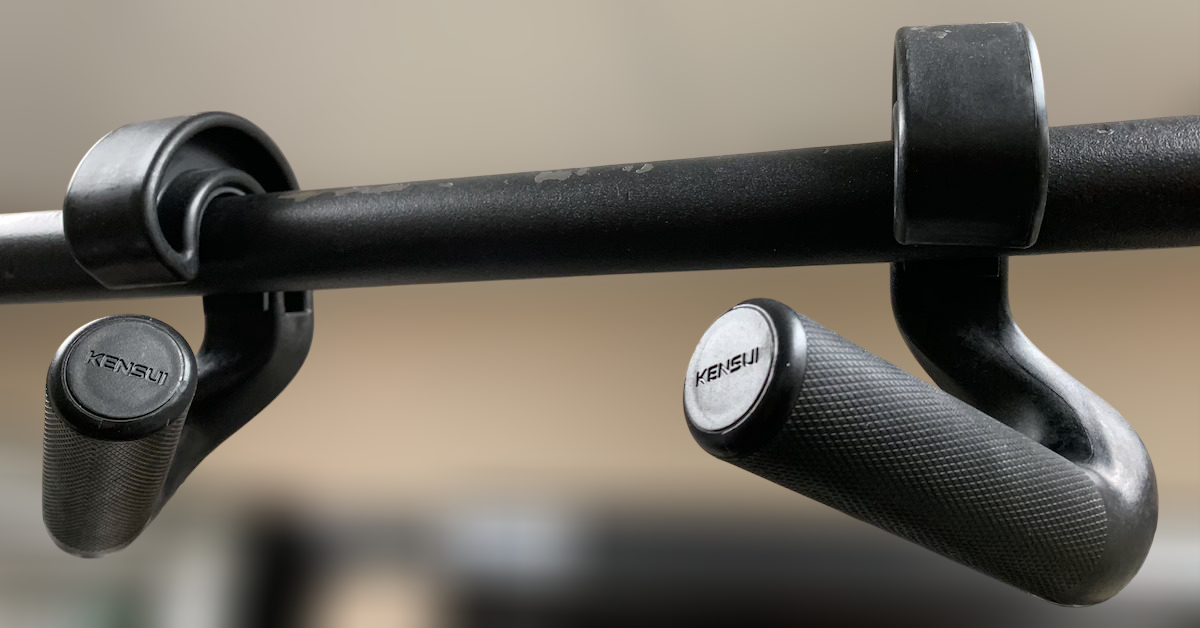Recent research has shown that strength, rather than endurance, is the key to maintaining functional capacity in aging adults. One of the biggest concerns for seniors, especially women, is osteoporosis. We often hear about seniors falling and breaking bones, but the reality is that their bones often break first, causing them to fall. Weight-bearing exercise is essential to prevent this.
There is evidence that resistance training brings about functional and metabolic adaptations that aid in the prevention of sarcopenia, osteoporosis, and obesity, and increases the functional capacity of elderly individuals. (Barbosa et al., 2002)
Strength Training for Aging Adults
If you choose to lift weights for strength, focus on moderately heavy loads with lower reps (4-6) and longer rest periods (3-5 minutes). If fat loss is your goal, use lighter weights for higher reps (15-20) with shorter rest intervals (30-60 seconds). However, the key to getting in shape after 50 is building muscle. Sarcopenia—age-related muscle loss—occurs at a rate of about 6 pounds per decade after 30. Strength training can counteract this process and turn back the biological clock.
Here’s a simple full-body workout to help:
A) Back Squat
B) Close-Grip Bench Press
C) Bent-Over Row
D) Standing Dumbbell Press
E) Standing Arm Curl
F) Lying Triceps Extension
G) One-Leg Calf Raise
H) Abdominal Crunch
Perform 2-3 sets of 10-12 reps with 90 seconds of rest between sets. Keep movements slow and controlled, and perform the routine three times per week on non-consecutive days.
Recovery and Lifestyle
- Sleep: Be in bed before midnight—ideally by 10:00 p.m.—and wake up at the same time each day. Short naps during the day can also help with recovery.
- Restoration Methods: Use massage, contrast showers (hot/cold), salt baths, mild aerobic activity (like walking), and stretching to aid recovery.
- Avoid harmful habits: Recreational drugs, smoking, and alcohol will negatively impact your health at any age—cut them out!
Nutrition for Healthy Aging
Start by eliminating processed and refined foods from your diet. That means no cereal and juice for breakfast, no sandwiches and soda for lunch, and no pasta and wine for dinner. Stick to fresh, whole foods by shopping around the perimeter of the supermarket and avoiding the middle aisles.
Eat 4-5 small meals throughout the day and stay hydrated—aim for 0.5 ounces of water per pound of body weight. Dehydration accelerates aging, contributing to muscle loss.
Sample Daily Diet
- Meal 1: Spinach omelet
- Meal 2: Chicken salad with lemon vinaigrette
- Meal 3: Salmon with green vegetables
- Meal 4: Cottage cheese with mixed berries
You may have a cup of organic coffee in the morning, but opt for green tea in the afternoon and chamomile tea at night. If you need a snack, raw nuts (in moderation) and occasional fruit are good choices.
Supplementation
The two essential supplements I recommend are:
- Fish oil
- A high-quality multivitamin
Other beneficial supplements include:
- Protein powder (especially post-workout)
- Probiotics for gut health
- Fiber supplement
Certain anti-aging nutraceuticals like Coenzyme Q10, carnitine, resveratrol, and turmeric offer additional benefits, but unless you can get them all in one pill, don’t bother.
Final Thoughts
Don’t let aging slow you down without a fight. Getting in shape doesn’t have to be complicated. Follow this simple plan, and you’ll reap the benefits of improved health at any age.
Tomorrow, I’ll share the exact regimen I use with my eldest client—who is 87 years young!

Upgrade Your Pull-Ups with Swissies-SP Handles
Pull-ups are one of the best exercises for building back and arm strength—but not all pull-up bars are created equal.

No Time to Walk After a Meal? Do This Instead!
By now, most people know that getting in daily steps is essential for overall health. In particular, taking a short

Stay Fit on the Fly: No-Excuse Workouts for Travelers
One of the biggest challenges people face when traveling is maintaining their exercise routine. The two most common excuses? Lack
follow
Error: No feed with the ID 2 found.
Please go to the Instagram Feed settings page to create a feed.
